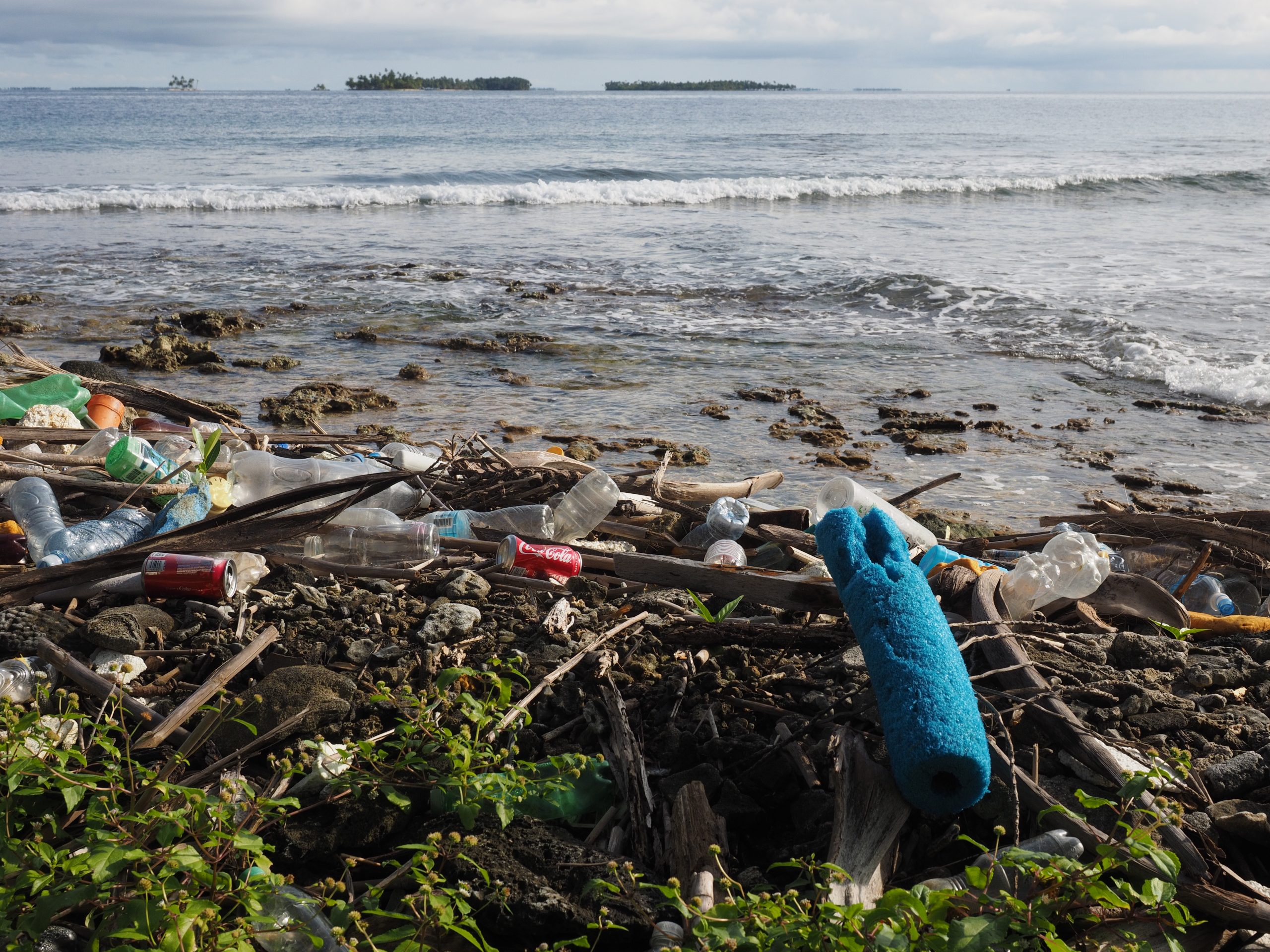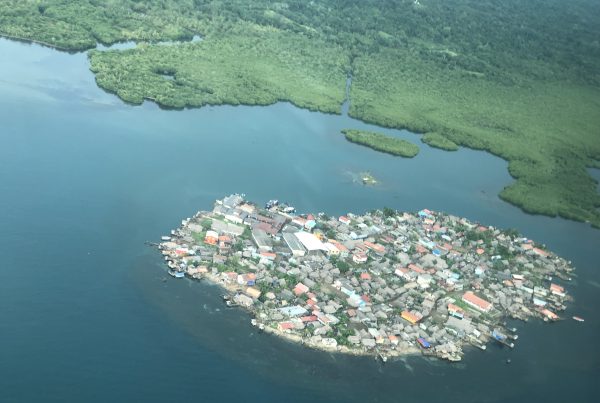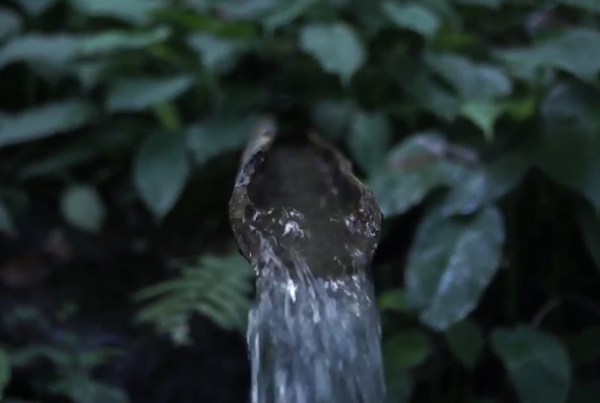In recent decades, waste, especially plastic waste, has been accumulating in every corner of Panama’s Guna Yala region. Waste pollution has been recognised as one of the greatest threats to the biological diversity of the Caribbean.
The Guna people accept our responsibilities for the generation of waste and have given ourselves the task of finding simple, rapid, low-cost measures to deal with it. The highest Guna political-administrative authority, the Guna General Congress, has committed to numerous actions on this issue. The most important is the ‘Zero Waste: recycling routes in Guna Yala’ project, which aims to create a centre for the collection and sale of recyclable material and a landfill site for the disposal of non-recyclable waste. Novel solutions need to be found, given the absence of appropriate sites for landfill in the region, and more broadly the lack of industrial development.
The Foundation for the Promotion of Indigenous Knowledge has also been studying the situation, and potential solutions, in various parts of the region. Some of the findings are as follows:
- The waste recorded consisted of 70 per cent organic material, 20 per cent plastics, seven per cent paper and cardboard, and three per cent glass.
- Much of the organic waste is currently dumped on land or at sea, where it causes changes in the ecology of the coasts, including eutrophication and an increase in algae. However, this waste offers an opportunity to produce compost for fertiliser.
- Plastic waste is the most serious pollution problem, mainly due to its long persistence in the environment. The study recommends placing low density plastic crushing plants in the communities, and, if possible, machines for converting it to plastic fibres. This could reduce the remaining plastic waste by half, which would benefit the marine environment and decrease the spread of infectious diseases in coastal systems.
Public awareness is an important part of the solution. It is also important to change the current linear approach to the economy—based on acquisition, consumption and abandonment—towards a more circular approach incorporating re-use and recycling. However, because the Guna Yala coast is subject to macro- and micro-currents from the Caribbean, waste originating in other countries is constantly washed up, and waste management plans must take this into account. Only then will we really reduce the impacts of waste on the natural environment and people of Guna Yala.
Waste on a beach in Panama
Author
- Jorge Andreve and Onel Masardule, Foundation for the Promotion of Indigenous Knowledge, Guna Indigenous Peoples
Ecosystems
- Marine and coastal
Topics
- Conservation and sustainable use
Type
- Short-form
Date
- This case study forms part of LBO-2, originally released in 2020.



